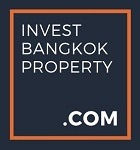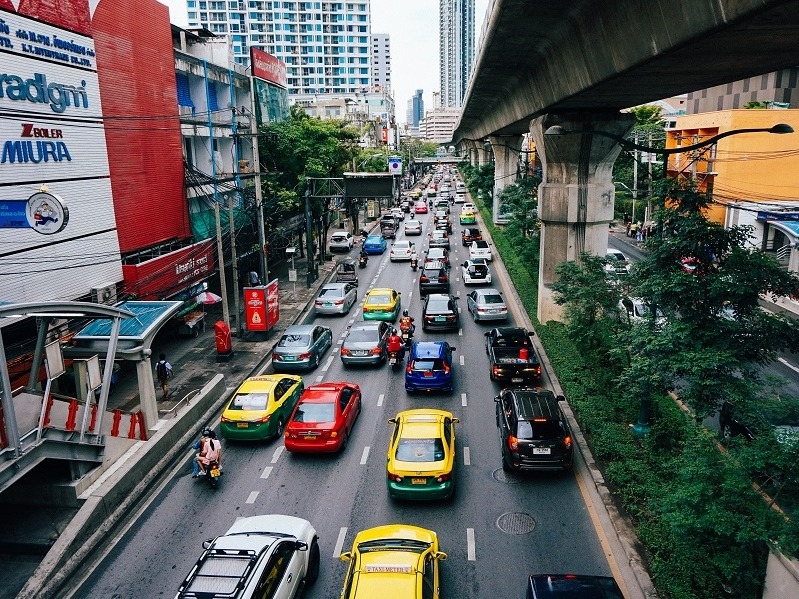Hong Kong investors looking for a stable rental income instead of parking their money in a bank are setting their sights on Southeast Asian property, according to industry experts.
Demand for investment property in the region – where prices are a fraction of those in Hong Kong – has stayed firm, with total transactions of completed properties up 19 per cent year on year in the first half of 2017 to around US$61 billion, according to Colliers International.
One such investor is Gordon Cheung, who bought a flat in Life Asoke Rama 9, a project in Bangkok jointly developed by AP (Thailand) and Japan’s Mitsubishi Estate Group.
“Bangkok’s property prices are just about a quarter of Hong Kong’s. The location is also great, at the heart of Bangkok’s central business district near the Chinese embassy,” Cheung said.
More than 95 per cent of the project’s 154 units allocated to the Hong Kong market sold out within two days of going on the market. The average price for Life Asoke units on offer was 12,542 Thai baht (HK$2,952) per square foot, compared with the average price of HK$11,762 per sq ft in Hong Kong.
“Foreign buyers of Thai properties mostly want a stable rental income, unlike those who buy properties in Western countries for their children’s education. Average rental yield of Bangkok’s property is 5.15 per cent,” he said. “As only 49 per cent of flats can be sold to foreign buyers, the supply to each market is limited.”
Chandavimol said the company is trying to enter the Chinese market, despite the tight capital controls making it difficult to get money out of the country.
“Chinese citizens are limited to exporting US$50,000 per person, per year. But buyers can split payments, not to mention the fact a lot of flats are cheaper than that. Prices of high-floor studios in this project start at HK$670,000,” he said.
The focus of Chinese investment in foreign property seems to be shifting from the US to Asia, says Colliers.
“Despite capital controls, we expect continued Chinese interest in APAC [Asia Pacific] gateway cities in the near term. Thereafter we foresee material Chinese investment in Belt and Road markets in Southeast Asia. This should be a long-term trend,” it said.
Chandavimol believes Thailand is the most attractive destination for Hong Kong investors eyeing foreign property.
“Properties in developed regions like Japan, Beijing and Shanghai are too expensive. Thailand has the best infrastructure among Southeast Asian countries, whose economies are catching up fast,” he said.
Meanwhile, Kuala Lumpur’s Sentral Suites project, which is 10 minutes away from the city centre, sold more than 60 per cent of the 30 units allocated to Hongkongers.
Hong Kong people have started to notice the strong economic growth among the region’s countries, said Binoche Chan, chief operating officer of List Sotheby’s International Realty, Hong Kong.
“For Kuala Lumpur, gross rental return is about 4 per cent to 6 per cent. For Singapore it’s about 3 to 4 per cent,” Chan said.
“Malaysia is now much more popular than Singapore. This may change as we see the Singapore market touched the bottom – it can rebound at any time.
“As much as 90 per cent of Kuala Lumpur’s buyers are investors, while in Singapore it’s only 35 per cent. The rest are buying for their own use.”
But Chan also highlighted some risks.
“Malaysia has foreign exchange control so foreigners can only purchase property priced above 1 million Malaysian Ringgit (HK$1.85 million). Malaysians have a variety of choices under 1 million Malaysian Ringgit so reselling the expensive properties to locals is difficult,” Chan said. “Meanwhile, political instability and corruption problems prevail.
“For Singapore, foreigners must pay an extra 15 per cent in stamp duty.”
Foreigners will receive a loan-to-value ratio of 60 to 70 per cent for purchasing properties in Kuala Lumpur for up to a 35-year mortgage, and a ratio of 70 per cent for Singapore and Thailand.


0 Comments